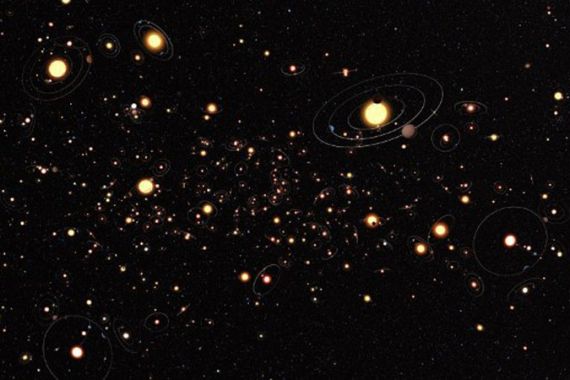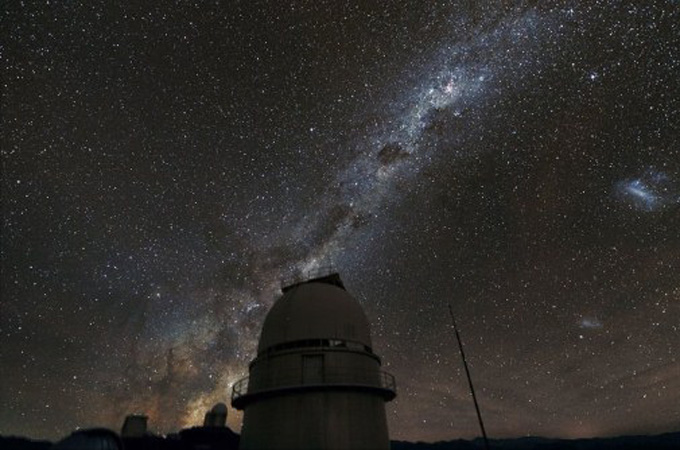More planets than stars found in Milky Way
Our galaxy is home to 1.6 planets for every star – far more than previously thought – says a new study.

 |
| Astronomers used graviational microlensing to track planets from observatories like this in Chile [AFP] |
The Milky Way is home to far more planets than previously thought, boosting the odds that life could exist on at least one of them, according to a newly released study.
Until recently, astronomers counted the number of “exoplanets” outside our own solar system in the hundreds.
Keep reading
list of 4 itemsPalestinian Prisoner’s Day: How many are still in Israeli detention?
‘Mama we’re dying’: Only able to hear her kids in Gaza in their final days
Europe pledges to boost aid to Sudan on unwelcome war anniversary
But the new study, published on Wednesday, provides evidence that there are more planets than stars in our own stellar neighbourhood.
“We used to think that Earth might be unique in our galaxy,” said Daniel Kubas, a professor at the Institute of Astrophysics in Paris, and a co-leader of the study.
“Now it seems that there are literally billions of planets with masses similar to Earth orbiting stars in the Milky Way.”
Two methods have dominated the hunt over the past two decades for exoplanets too distant and feint to perceive directly.
One measures the effect of a planet’s gravitational pull on its host star, while the other detects a slight dimming of the star as the orbiting planet passes in front of it.
Both of these techniques are better at finding planets that are massive in size, close to their stars, or both, leaving large “blind spots”.
‘Gravitational microlensing’
An international team of astronomers led by Kubas and his colleague Arnaud Cassan used a different method called “gravitational microlensing”, which studies how the combined gravitational fields of a host star and the planet itself act like a lens, magnifying the light of another star in the background.
If the star that acts as a lens has a planet, the orbiting sphere will appear to slightly brighten the background star.
One advantage of microlensing compared to other methods is that it can detect smaller planets that are closer in size to our own, and further from their hot-burning stars (or suns).
The survey picked up on planets between 75m and 1.5bn kilometres from their stars – a range equivalent in the solar system to Venus at one end and Saturn at the other – and with masses at least five times greater than Earth.
Over six years, the team surveyed millions of stars with a round-the-world network of telescopes located in the southern hemisphere, from Australia to South Africa to Chile.
Besides finding three new exoplanets themselves, they calculated that there are, on average, 1.6 planets in the Milky Way for every star, Cassan told the AFP news agency.
Whether this is true in other galaxies is unknown.
“Remarkably, these data show that planets are more common than stars in our galaxy – they are the rule rather than the exception,” Cassan said.
“We also found lighter planets … would be more common than heavier ones.”
One in six of the stars studied was calculated to host a planet similar in mass to Jupiter, half had planets closer in mass to Neptune, and nearly two-thirds were up to ten times the mass of the Earth.